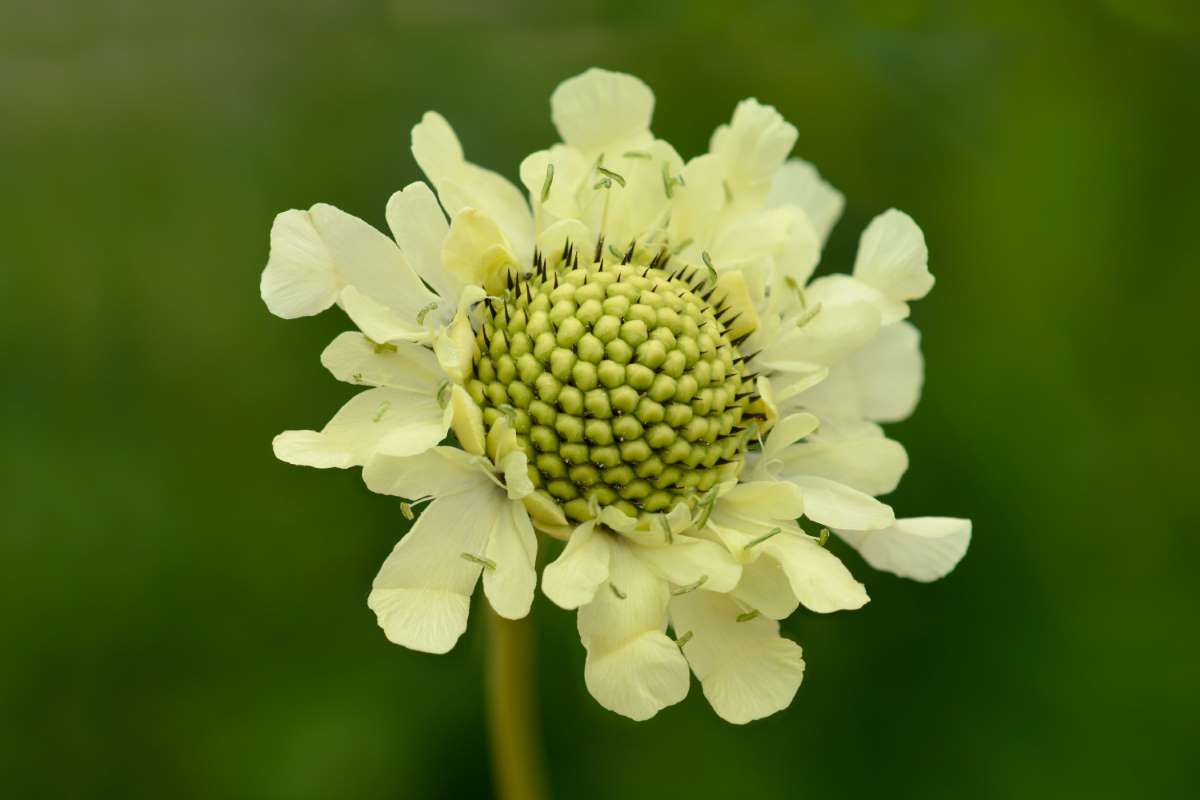Description
Cephalaria –
There are about 65 species of annuals and perennials, in this genus. They occur in habitats ranging from meadows to mountain pastures, from Europe, Western Asia and temperate Africa. They have basal tufts of opposite, pinnatifid or deeply dissected, toothed leaves and scabiosa like, terminal flowers, usually pale yellow or white, with several rows of stiff involucral bracts. C. gigantea is grown for its imposing stature in large herbaceous border, as well as for its dark foliage and pastel yellow flowers. Sturdy enough to stand upright without staking, and tolerant of range of soils, it is good choice for a mass planting in an urban setting or wild garden.
Grow in fertile, moist but well drained soil in sun or partial shade, They will thrive in clay. Divide in early or mid spring.
C. gigantea – C. tatarica – Scabiosa gigantea – S. tatarica – Giant Scabious – Yellow Scabious – Tartarian Cephalaria – This robust, clump forming perennial from the Caucasus and Northern Turkey grows 8′ feet tall and 2-4′ feet wide. It produces deeply divided pinnatisect, dark green, basal leaves, to 18″ long, with oblong to broadly lance shaped, coarsely toothed lobes. In summer, thick few branched stems bear, sulfur yellow flowers, to 2 ½” diameter, the outer florets larger than the rest.
Zones 3-8





